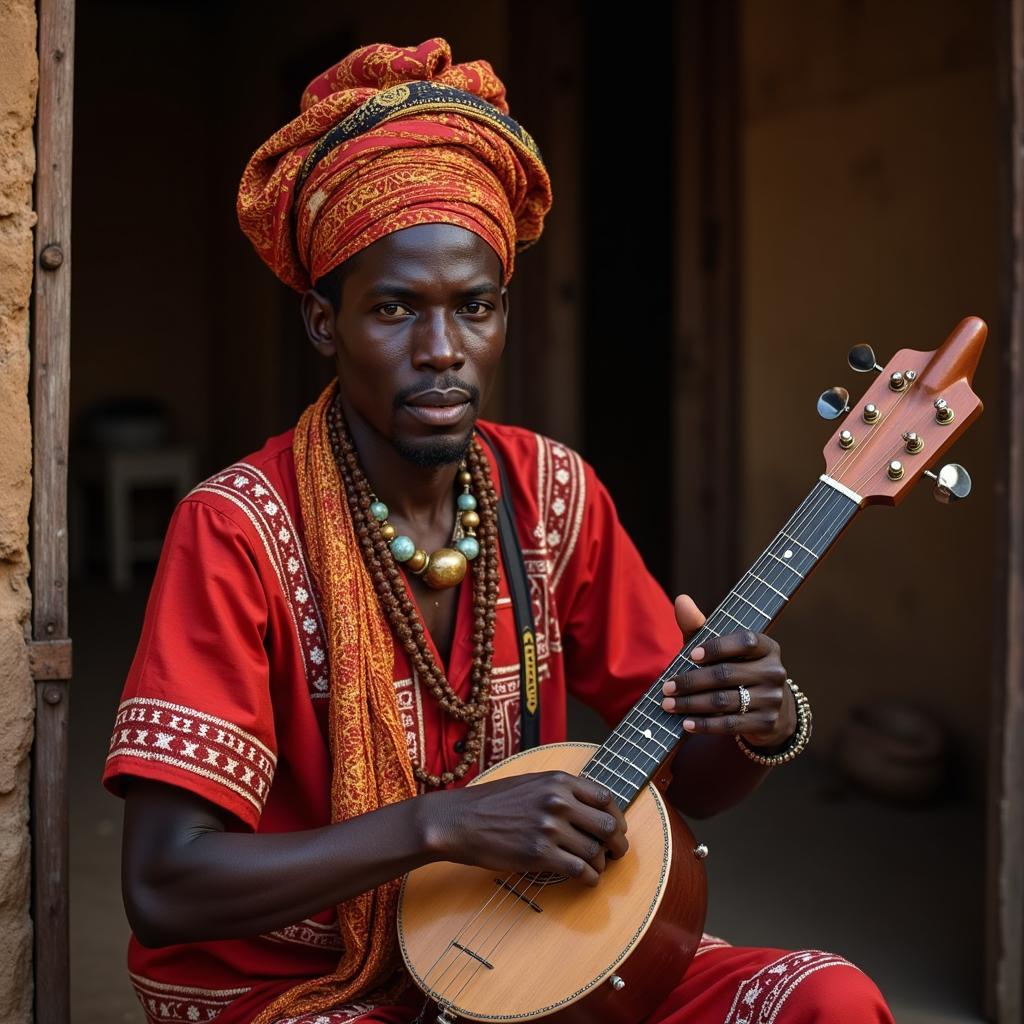Indian Lion vs African Lion: A Tale of Two Kings
The Indian lion and the African lion, both magnificent creatures reigning supreme in their respective domains, have long captivated the human imagination. While they share a common ancestor and bear striking similarities, these two subspecies have diverged in remarkable ways, leading to distinct characteristics and adaptations. This article delves into the fascinating world of these apex predators, exploring their unique traits, habitats, and the differences that set them apart.
A Look at the Lion’s Kingdom:
The lion, Panthera leo, is the second largest cat in the world, surpassed only by the tiger. It is a social animal, living in prides, with a complex hierarchy and intricate dynamics. Lions are carnivores, primarily feeding on large herbivores. Their roar, a powerful and distinctive sound, is used for communication, territory marking, and intimidation.
The Indian Lion: A Survivor in the Gir Forest
The Indian lion, Panthera leo persica, is a subspecies found only in the Gir Forest National Park and surrounding areas in the state of Gujarat, India. It is critically endangered, with a population estimated to be around 600 individuals. This remarkable population recovery, from the brink of extinction in the early 20th century, is a testament to conservation efforts and the dedicated work of wildlife experts.
Adaptation to a Dry and Arid Environment:
The Gir Forest, characterized by its dry deciduous forests and grasslands, presents unique challenges for the Indian lion. They have adapted to this environment by becoming more agile and adept at traversing the dense undergrowth. Their coats are also slightly lighter, blending better with the tawny hues of the forest.
Size and Physical Features:
Indian lions are generally smaller than their African counterparts, with a slightly lighter build. The males are typically around 7-8 feet long and weigh around 350-400 pounds. Their iconic manes, however, are often more impressive, often extending down their backs and shoulders.
Social Structure:
Indian lions, similar to their African counterparts, live in prides consisting of a few males, multiple females, and their cubs. The males protect the territory and ensure the safety of the pride, while the females are responsible for hunting and rearing cubs. The social hierarchy within Indian prides is complex and can be influenced by factors like age, size, and dominance.
The African Lion: King of the Savannah
The African lion, Panthera leo leo, is the most widespread subspecies, found in various parts of sub-Saharan Africa. It is a symbol of strength, power, and grace, often referred to as the “king of the jungle,” despite inhabiting grasslands, savannas, and open woodlands.
Majestic Manes and Territorial Behavior:
African lions are renowned for their magnificent manes, which vary in size and color depending on the region and genetics. These manes serve multiple purposes, including intimidation, social signaling, and attracting mates. African lions are highly territorial and fiercely defend their territory, which often encompasses large areas.
Size and Physical Attributes:
African lions are generally larger and heavier than Indian lions. The males can reach up to 9 feet in length and weigh around 400-500 pounds. Their powerful musculature and sharp claws make them formidable predators.
Hunting Strategies and Dietary Preferences:
African lions are known for their impressive hunting skills, often employing cooperative strategies to bring down large prey. Their preferred prey includes zebras, wildebeests, and buffaloes.
Key Differences Between Indian and African Lions:
Size and Appearance: African lions are typically larger and heavier than Indian lions. Indian lions have more impressive manes that extend down their backs.
Habitat: Indian lions reside primarily in the Gir Forest, a dry deciduous forest in India. African lions inhabit a wider range of habitats across sub-Saharan Africa, including grasslands, savannas, and open woodlands.
Diet: While both subspecies primarily feed on large herbivores, African lions have a more diverse diet, including zebras, wildebeests, and buffaloes. Indian lions have adapted to prey on a variety of herbivores, including antelope, deer, and wild boar.
Genetic Diversity: The Indian lion population has faced a genetic bottleneck, resulting in reduced genetic diversity. African lions have a wider range of genetic variation.
Conservation Status:
Both Indian and African lions are facing threats from habitat loss, poaching, and human-wildlife conflict. The Indian lion is critically endangered, while the African lion is listed as vulnerable. Conservation efforts are crucial to ensure the survival of these majestic creatures.
The Majestic Roars:
The roar of a lion is a primal sound that resonates through the heart of every listener. It is a reminder of nature’s power, beauty, and the delicate balance of the ecosystem. The roaring of the Indian lion, echoing through the Gir Forest, and the deafening chorus of African lions on the savannas, paint a vivid picture of these awe-inspiring creatures.
Conclusion:
The Indian lion and the African lion, while sharing a common lineage, have evolved into distinct subspecies, each with unique characteristics and adaptations. Their stories are intertwined with the tapestry of life on Earth, a testament to the power of evolution and the remarkable diversity of the animal kingdom. Conservation efforts are essential to ensure that these magnificent creatures, the kings of their respective domains, continue to thrive for generations to come.
FAQ:
Q: What are the key differences between Indian and African lions?
A: Indian lions are generally smaller than African lions, with slightly lighter builds. They also have more impressive manes that extend down their backs. Indian lions primarily inhabit the Gir Forest in India, while African lions have a wider range of habitats across sub-Saharan Africa.
Q: Are Indian lions endangered?
A: Yes, Indian lions are critically endangered, with a population estimated to be around 600 individuals.
Q: Are African lions endangered?
A: African lions are listed as vulnerable, facing threats from habitat loss, poaching, and human-wildlife conflict.
Q: What is the main threat to both Indian and African lions?
A: Both subspecies face threats from habitat loss, poaching, and human-wildlife conflict.
Q: What can be done to protect lions?
A: Conservation efforts are essential to protect lions, including habitat preservation, anti-poaching initiatives, and promoting sustainable tourism.
Q: What are the benefits of having lions in the ecosystem?
A: Lions play an important role in maintaining the balance of the ecosystem, controlling herbivore populations and ensuring a healthy predator-prey relationship.
Q: Can I see lions in the wild?
A: Yes, you can see lions in the wild in their natural habitats. There are various national parks and reserves that offer opportunities for wildlife safaris and lion viewing.

